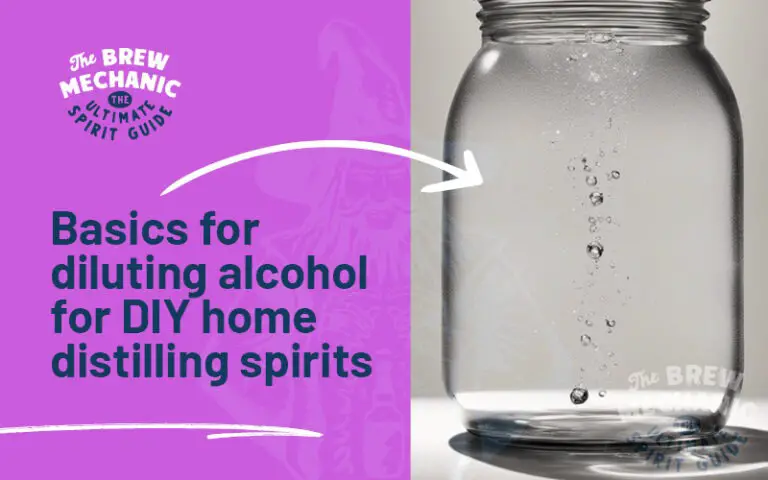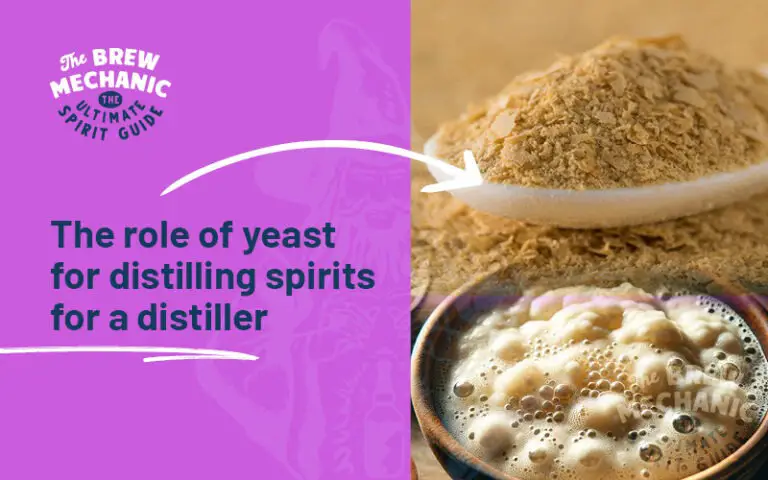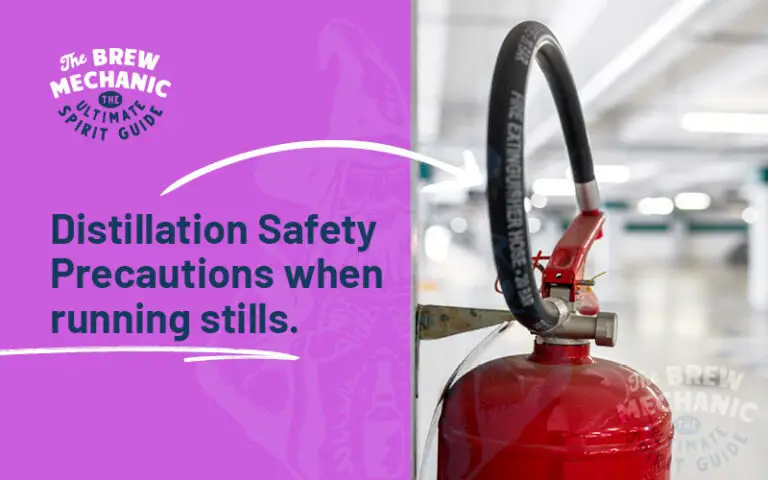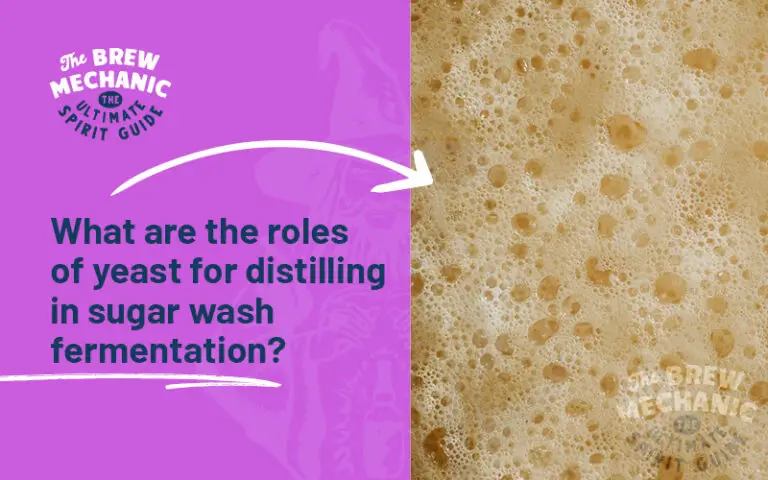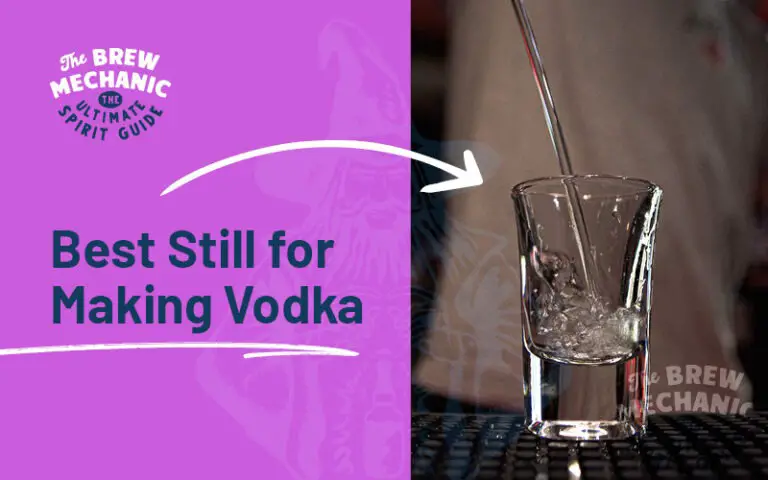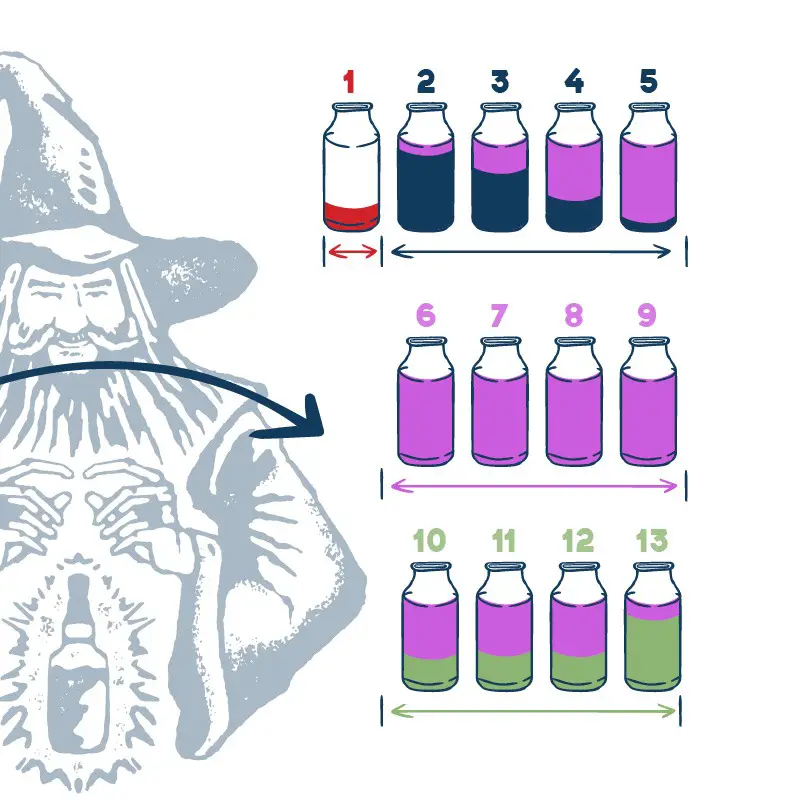A Simple Guide to Rehydrating Yeast for home brewing
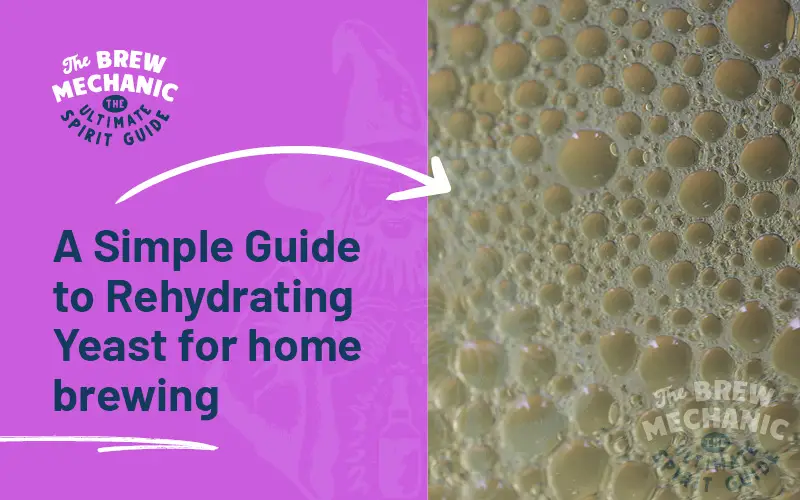
Disclaimer: This post might include affiliate links, through which I may earn a small commission without any extra cost to you. Additionally, I am an Amazon Associate and earn from eligible purchases. All the products and services I suggest are ones I have personally used or would use. Thank you very much for your support if you decide to buy through any of my links!
Come join the Distilling Squad!
Get the best fundamental tips & tricks here. Woohoo!
You have just started brewing or distilling, chances are you’ve heard the term rehydrating yeast. But what does it actually mean, and why does it matter? Well, as a brewer, let’s break it down for you.
What Is Rehydrating Yeast?
Rehydrating yeast (also known as proofing) is the process of waking up the dry yeast before it gets tossed into your fermenter. Yeast is a living organism, but when it’s dried in the yeast packet, it goes into a dormant state. That’s great for storage, but not ideal for immediate action. So before pitching it into your sugar wash, you give it a little “wake-up call.”
This simple step helps ensure your dry yeast is healthy, active, and ready to start the job of turning sugar into alcohol. Skipping this can lead to slower fermentation – or worse, a stalled batch. We don’t want that.
Why Rehydrate Yeast at All?
Here’s the deal: rehydrating yeast isn’t just for show. It actually takes away a huge variable in fault-finding if your fermentation doesn’t go as planned. When you hydrate the yeast properly, you can confidently say it was alive and kicking when it went into the wash. If things go wrong later, you know to look elsewhere.
Plus, hydrated yeast tends to perform better and faster. You’re essentially giving it a head start.
How to Rehydrate dry yeast – Step-by-Step
Alright, let’s get to the fun part. Rehydrating yeast is super easy and takes just a few minutes. Here’s how to do it right:
And just like that, the yeast starter is done!
A Few Extra Tips when using dry yeast
Yeast rehydration: Why This Step Is Totally Worth It
In short, rehydrating yeast gives you control. It sets your fermentation off on the right foot and minimises the chances of issues down the line. Whether you’re just starting out or have a few batches under your belt, it’s a simple habit that can really elevate your results as homebrewers.
So next time you’re prepping for a brew, take a few extra minutes for rehydrating yeast. Your future self—and your fermenter—will thank you.
Last Updated on Jun 3, 2025 by The Brew Mechanic
Disclosure: I may receive affiliate compensation for some of the links below at no cost to you if you decide to purchase a product or service. You can read our affiliate disclosure in our privacy policy. The information provided is for entertainment only.

With 35 years of knowledge of being a chemical engineer in alcohol manufacturing plants, my mission is to teach the next generation of home distilling alcohol brewers at a supernatural speed.
My reviews are based on real-life experiences with reflux stills, sugar wash, troubleshooting and mystical chemical reactions.


